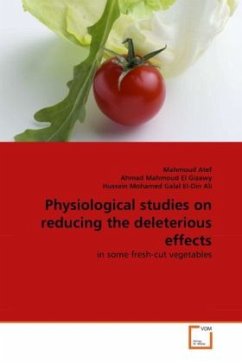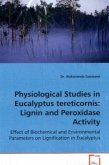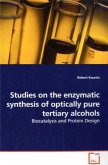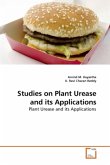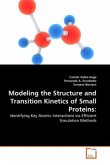The effect of various compounds, (i.e., reducing agents (ascorbic, sodium sulfite, bisulfite and thiosulphate), thiol (L-cysteine), and organic acids (glycine, aspartic, glutamic, oxalic, succinic, phthalic, tartaric, citric, adipic, fumaric, and benzoic) on the browning process and polyphenol oxidase activity of fresh-cut of butterhead lettuce and two potato cultivars (Spunta and Desiree) were evaluated. Results indicated that slices slightly elevated enzyme activity and browning index (BI) in both cultivars more than those of sticks. Mechanistic study indicated that ascorbic acid reduced the quinone, resulted from PPO activity, back to the starting colorless catechol, where the quinone peak in the UV spectrum (435 nm) vanished completely upon addition of ascorbic acids. Cysteine did not reduce the formed quinone, but rather formed a cysteine-quinone adduct as a new peak appeared at the expenses of the quinone peak. Regarding the organic and amino acids, they worked as PPO inhibitor either as acidulants or metal chelators. Applications showed that compounds reacted with the resulted quinone were more efficient antibrowning agents than PPO inhibitors.
Author: Mahmoud A.Saleh, M.Sc. studied Agricultural sciences from Ain Shams university, Egypt.
Author: Mahmoud A.Saleh, M.Sc. studied Agricultural sciences from Ain Shams university, Egypt.

